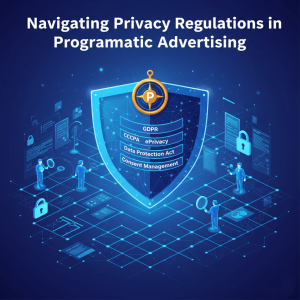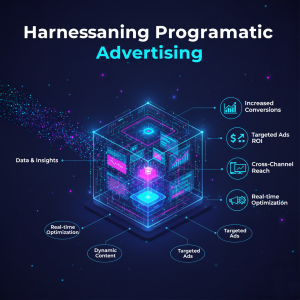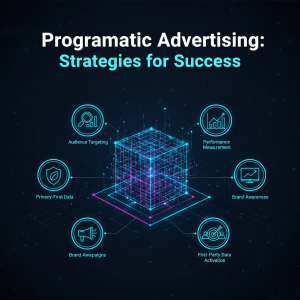Cookieless Programmatic Advertising: Strategies for Success
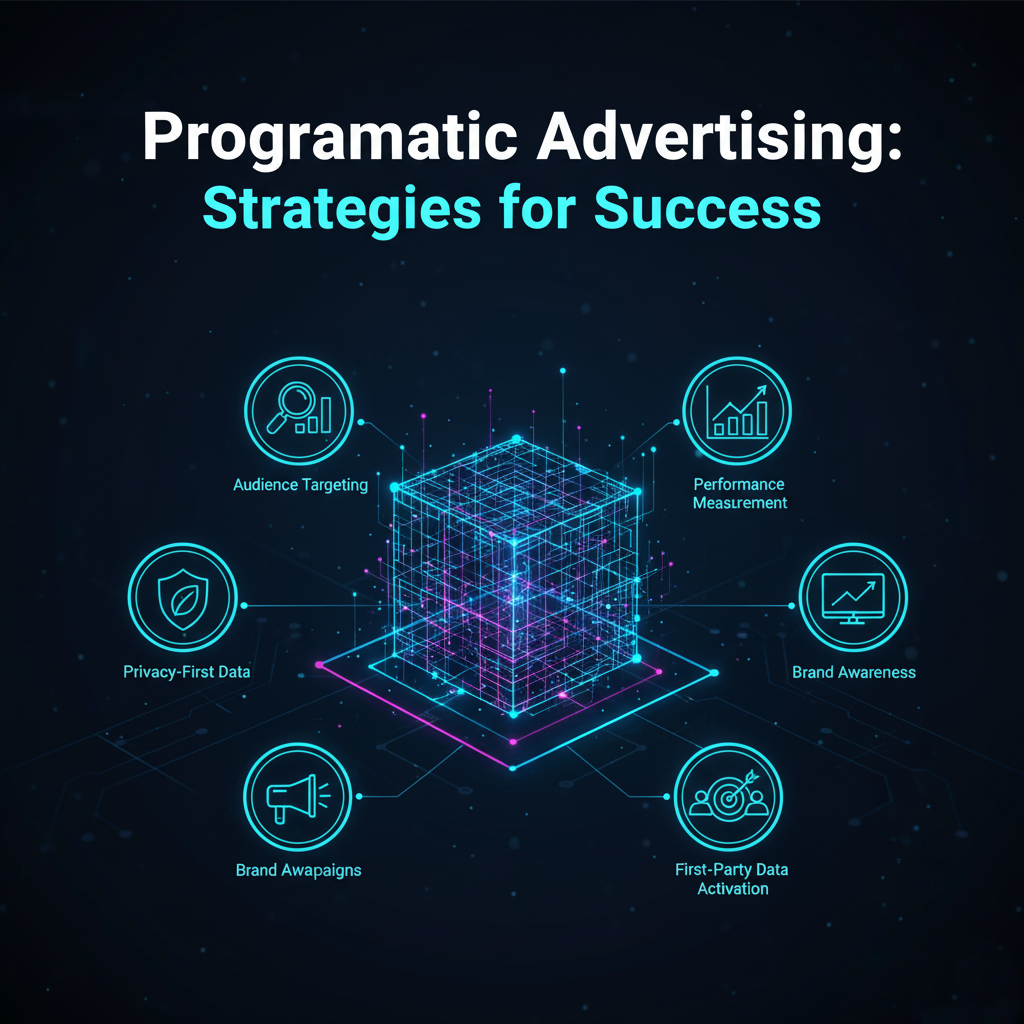
The rapid deprecation of third party cookies has ushered in a new era for programmatic advertising. With major browsers and operating systems eliminating support for cross site tracking, marketers face unprecedented challenges in audience targeting and campaign measurement. As digital privacy regulations like GDPR and CCPA continue to empower consumers to control their data, third party cookies will soon become obsolete. In this comprehensive guide, we will examine the implications of a cookieless future for programmatic advertising and outline a range of strategies that leverage first party data, contextual signals, cohort based models, unified identity solutions, and privacy safe analytics. By adopting these tactics, advertisers and publishers can future proof their campaigns, maintain performance, and respect user privacy in a rapidly evolving digital landscape. In the sections that follow, we will provide actionable best practices and a forward looking perspective to help you navigate this major industry shift.
What Happened to Third-Party Cookies?
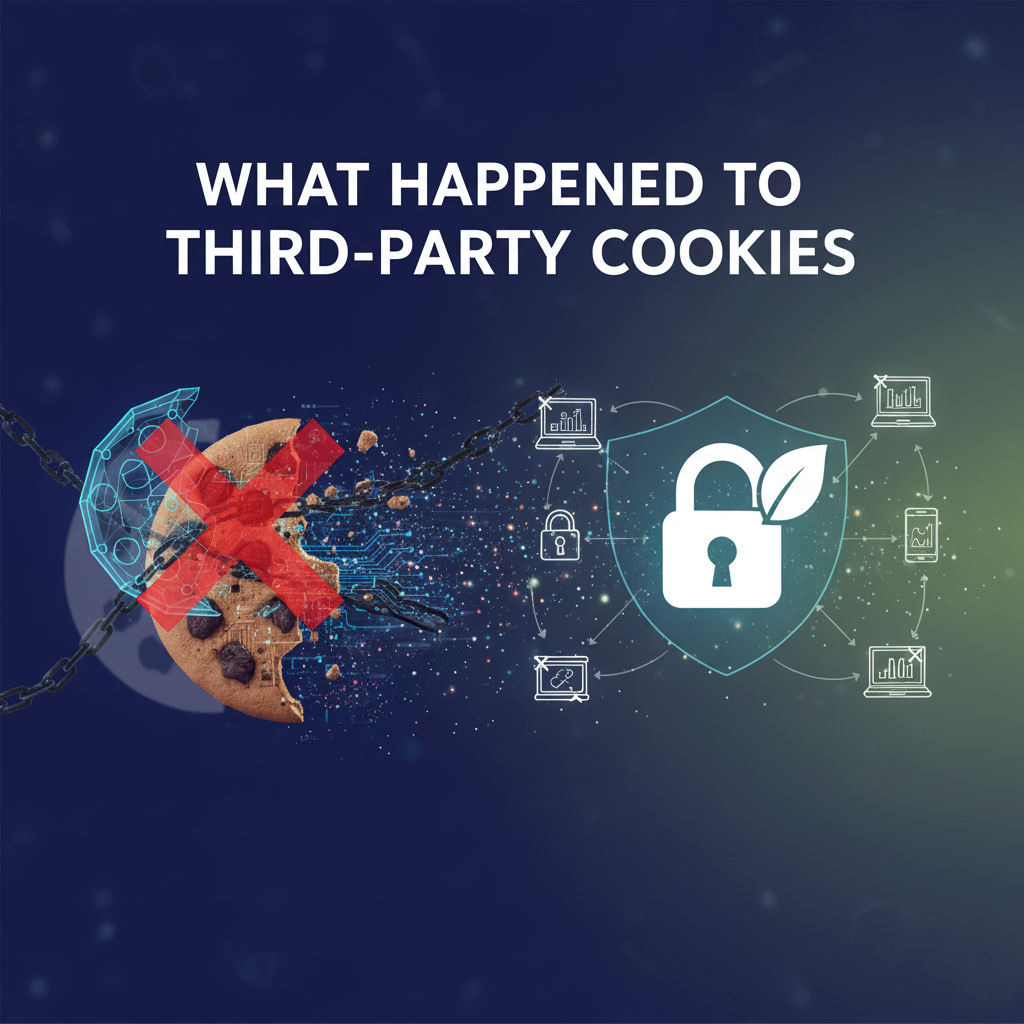
Since their introduction in the late 1990s, third party cookies have served as the backbone of programmatic ad targeting by enabling ad networks to track user behavior across multiple websites. Today, growing consumer concern about data privacy has spurred browser vendors to phase out support for these tracking mechanisms. Apple Safari and Mozilla Firefox have already implemented strict cookie restrictions, and Google Chrome is slated to block third party cookies by the end of 2024. Meanwhile, privacy regulations around the world have imposed new requirements for consent and data handling, making it harder for advertisers to rely on legacy identifiers. This shift marks a fundamental turning point in digital advertising that requires both buyers and sellers to adopt alternative approaches for audience discovery and measurement.
Implications for Programmatic Advertising
The removal of third party cookies disrupts traditional programmatic workflows in several ways. Without cross site identifiers, programmatic demand side platforms (DSPs) lose access to rich behavioral data that fueled precise and scalable audience segmentation. Attribution models that rely on multi touch insights across domains will face gaps in conversion reporting and performance analysis. Publishers who depend on ad revenue generated through cookie enabled targeting may also see declines in yield if they cannot demonstrate audience value. At the same time, marketers who fail to adapt risk diminished campaign effectiveness, rising customer acquisition costs, and weaker return on ad spend. To thrive in a cookieless world, stakeholders must embrace new data sources, identity frameworks, and privacy centric measurement solutions.
Alternative Targeting Methods
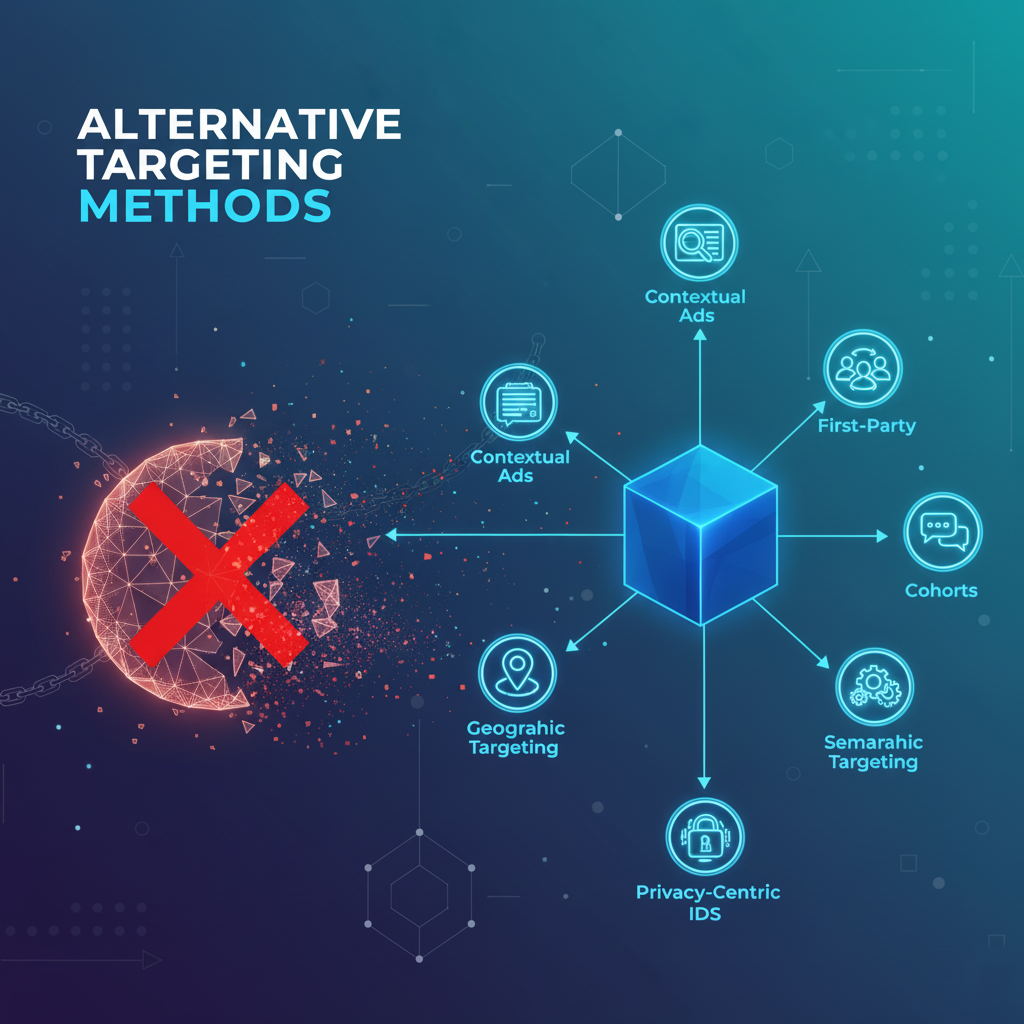
First-Party Data
In a cookieless environment, first party data becomes a critical asset for advertisers and publishers. This data includes information collected directly from consumers through interactions on owned properties such as websites, mobile apps, email subscriptions, and customer loyalty programs. By consolidating first party signals such as purchase history, onsite behavior, and subscription preferences, marketers can build detailed audience segments with explicit consent. These data sets not only comply with privacy regulations but also deliver high accuracy for targeting and personalization. Publishers can likewise package first party data into private marketplaces or data clean rooms to enrich demand side bidding strategies. To maximize value, organizations should invest in robust data management platforms or customer data platforms that facilitate unified profiles, real time activation, and seamless integration with programmatic buying platforms. Marketers should also prioritize data quality checks and consent management to ensure compliance and build trust with consumers.
Contextual Targeting
Contextual targeting is experiencing a renaissance as advertisers seek privacy safe means of reaching relevant audiences. Instead of relying on user level cookies, contextual solutions analyze page content in real time using natural language processing, computer vision, and semantic analysis to infer the best ad environment. By aligning creatives with thematic context, brands can achieve relevance while respecting privacy by design. Contextual targeting works across devices and platforms without the need for intrusive tracking, making it a scalable alternative or complement to audience based strategies. To succeed, marketers should define clear contextual categories, collaborate with providers on custom taxonomies, and continuously optimize rules based on performance metrics like viewability and engagement rate. Advanced contextual solutions can also detect sentiment, brand safety signals, and dynamic viewability scoring to enhance campaign results across premium inventory.
Cohort-Based Advertising
Emerging privacy centric models like cohort based advertising group users into broad segments based on shared interests or behaviors, rather than tracking individuals. Frameworks such as Google Topics API and Federated Learning of Cohorts aim to deliver relevant ads while minimizing data collection risks. Advertisers can target cohorts based on the most active categories or topics, gaining some of the scale and performance of cookie based methods without exposing personal identifiers. Although still in pilot stages, cohort techniques show promise for programs that require comparable reach and frequency controls. Marketers should experiment with cohort targeting in controlled campaigns to measure lift and benchmark against traditional strategies. Additionally, combining cohort based models with first party data enriches campaigns by layering interest signals onto known customer profiles.
Identity Resolution and Unified IDs
To bridge the gap left by cookies, the industry has developed identity resolution services that unify multiple identity signals into persistent, pseudonymous identifiers. Solutions like Unified ID 2.0, ID5, and The Trade Desk’s UID offer login based or hashed email approaches that preserve user privacy while enabling addressable media buying. By standardizing identity tokens across publishers and advertisers, these frameworks support deterministic matching and cross device recognition. Implementing unified ID solutions requires cooperation within the ad ecosystem, transparent privacy policies, and robust data governance. Coordinating with partners to implement consent management platforms is vital to ensure that identity resolution aligns with user expectations and legal frameworks. When deployed responsibly, unified IDs can restore addressability in programmatic channels while remaining compliant with regulatory requirements.
Data Clean Rooms and Privacy-Safe Analytics
Data clean rooms provide a secure environment where multiple parties can share and analyze customer level data without exposing raw identifiers. Brands, agencies, and publishers can match first party audiences with media platform logs to measure campaign impact and perform advanced attribution. Statistical methods like differential privacy and encryption techniques ensure that no single participant can access another’s underlying data. By leveraging clean room analytics, advertisers gain insights into cross channel performance and incremental reach in a cookieless world. Privacy safe analytics providers often integrate with ad servers and DSPs to automate measurement workflows and deliver programmatic insights. Investing in staff training on privacy technologies and data security best practices ensures that clean room implementations deliver maximum value without undue risk.
Best Practices for Cookieless Programmatic Campaigns
To succeed in a cookieless environment, advertisers should adopt a holistic data strategy that combines multiple sources and methods. First, establish a robust consent management workflow to capture and record user permissions clearly and compliantly. Next, enrich your first party data by leveraging onsite surveys, subscription flows, and CRM integrations. Experiment early with contextual and cohort based campaigns to gather performance benchmarks, adjusting budgets and creatives in real time. Evaluate identity resolution frameworks carefully and negotiate integrations with partners who demonstrate transparency in data handling and token governance. Embrace data clean rooms for privacy centric measurement and cross channel attribution, ensuring that analysis adheres to technical and legal privacy standards. Meanwhile, maintain close collaboration between marketing, legal, and IT teams to align on compliance, infrastructure, and audience activation. Finally, regularly audit performance, consumer feedback, and regulatory updates to refine your cookieless programmatic playbook. By following these best practices, organizations can drive efficient, privacy first campaigns that deliver measurable business value in the post cookie era.
Monitoring, Testing, and Optimization
Effective monitoring and testing are essential when transitioning to cookieless programmatic campaigns. Begin by defining clear key performance indicators that align with your business goals, such as return on ad spend, cost per acquisition, or engagement rate. Implement A B testing frameworks to compare different targeting methods, creative variations, and bidding strategies in parallel. Use robust analytics dashboards that integrate data from demand side platforms, supply side platforms, data clean rooms, and first party data repositories. Set up automated alerts to detect performance anomalies, viewability issues, or brand safety concerns in real time. Leverage machine learning optimization tools that adjust bids, audience parameters, and ad placements dynamically based on performance signals. Periodically review audience definitions, frequency caps, and floor pricing rules to maintain efficiency and control over spend. Additionally, incorporate brand lift studies and viewability measurement tools to understand the qualitative impact of your ads beyond click based metrics. Tools that measure consumer sentiment, ad recall, and brand favorability within a cookieless context provide valuable insights into audience perception. Collaborate with research vendors to run on platform surveys and panel based studies for deeper qualitative feedback. Integrating these insights with quantitative performance data enables a more holistic evaluation of campaign effectiveness. Document all test results, lessons learned, and strategic shifts in a central knowledge base to facilitate ongoing learning across teams. By rigorously testing and optimizing cookieless campaigns, marketers can identify high performing tactics and continuously refine their programmatic playbooks for sustained success.
The Road Ahead: Future Proofing Your Strategy
As the ad tech industry evolves, new protocols and standards will emerge to address privacy and measurement needs. Expect increased adoption of privacy preserving technologies like secure multiparty computation, homomorphic encryption, and advanced machine learning for aggregated insights. Cross industry coalitions will continue to refine identity frameworks, and browser vendors may introduce proprietary APIs to support protected targeting. Marketers should stay informed of emerging specifications, participate in industry working groups, and foster partnerships with vendors that prioritize transparency and user trust. By adopting a continuous learning mindset and flexible technology stack, brands can adapt swiftly to new developments and maintain competitive advantage in programmatic advertising.
Conclusion
The cookieless revolution represents both a challenge and an opportunity for programmatic advertising. While the loss of third party cookies disrupts familiar workflows, it also incentivizes innovation in privacy centric targeting, data collaboration, and measurement. Organizations that proactively adopt first party strategies, contextual and cohort based methods, unified identity solutions, and privacy safe analytics will be well positioned to thrive. By embracing best practices and investing in future proof technologies, advertisers and publishers can deliver relevant messaging, protect consumer privacy, and sustain campaign performance in the new era of programmatic advertising.

